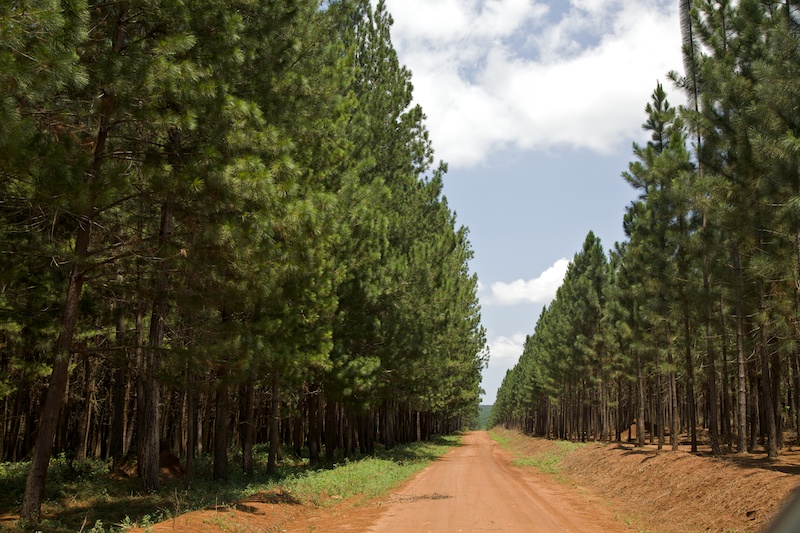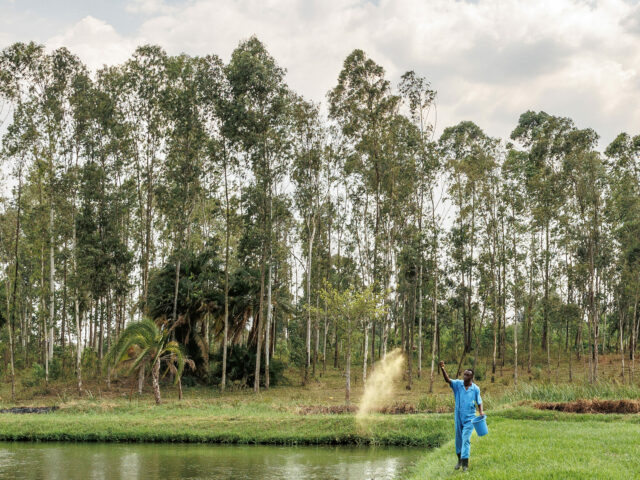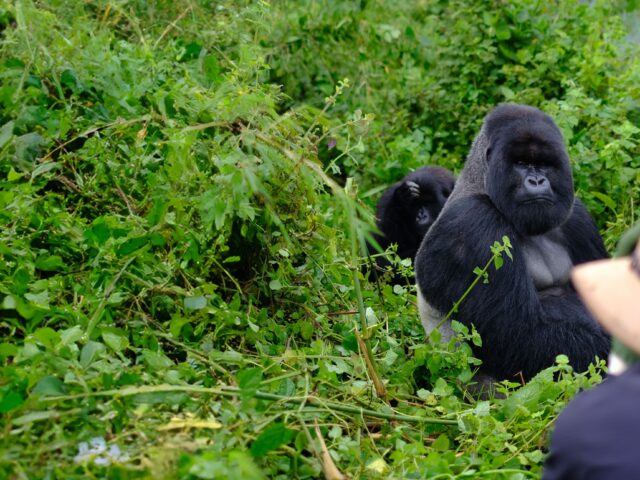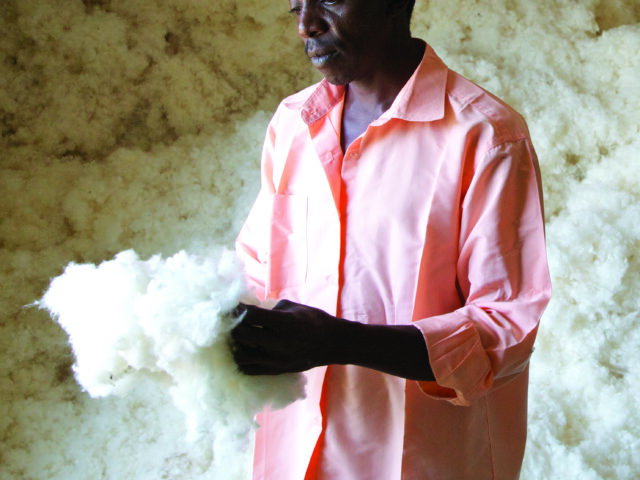Innovation & Investment – The future of African Forestry

By Nick Embden
A central part of innovation is reflection. For investors working in the sub-Saharan African forestry sector, the past 30 years have been challenging. Working with CAP and Wellspring, we wanted to uncover some of the biggest reasons for this, hoping to find some key lessons that we could take forward
Drawing on CAP’s data tracking the past 30 years of investment transactions, Wellspring undertook analysis, supplemented with key informant interviews and analysis, to gain a deep understanding of the key challenges and successes investors have been facing.
While commercial performance has been challenging, the research showed there are exciting opportunities for action.
Industrial-scale forestry and processing
For greenfield forestry investors, the research highlighted several high-impact areas:
- Recruiting experience operators can ensure effective decision-making and execution at all stages of investment
- Recognising significant patient and concessional finance will play a crucial role in achieving realistic returns
- Effective Community Engagement will play a crucial role in securing social licence to operate
- Considering the opportunities for smallholders to play a meaningful role in the value chain will give investors an opportunity to potentially reduce costs and further support their social licence to operate
Smallholder production
To support smallholder expansion, research suggested a focus on the following areas:
- Diversified whole tree markets will play a crucial role the development of smallholder production systems. Building on this, processing and product options should be selected considering the needs of smallholders, for example, veneer can offer an offtake for short rotation production, while woodchip and sustainable charcoal offer potential value addition for more of the tree. This can support smallholders by providing increased flexibility in rotation period and silviculture, allowing farmers to decide when to monetise their trees.
- Service delivery models, although still underdeveloped within the sector, have the potential to further enable smallholder investments, from extension to offtake aggregation.
Carbon revenues can increase the competitiveness of forestry investments
And finally, to realise the potential presented by carbon finance, our research suggested a focus on the following:
- Carbon finance has the potential to subsidise an estimated 20% or more of greenfield establishment costs and could fully fund smallholder establishment costs, creating an opportunity to improve the investment case of both.
- Development of new carbon methodologies could play a crucial role in unlocking downstream market opportunities. If carbon credits can be generated from increased use of timber in green buildings it can bolster their price competitiveness relative to traditional materials, for example, integrating timber into a Kenyan mid-rise building could offer upwards of 40% lower embodied emissions relative to traditional construction methods. Carbon finance could also play an important role in making sustainable charcoal production economically viable.
We are confident that these changes will help the next 30 years of investment into the sector play a transformative role in its growth, enabling East Africa to reach its potential as a hub for sustainably sourced timber, reaching the full economic and environmental potential of our forests in the process.
To find the full report, please click here.





